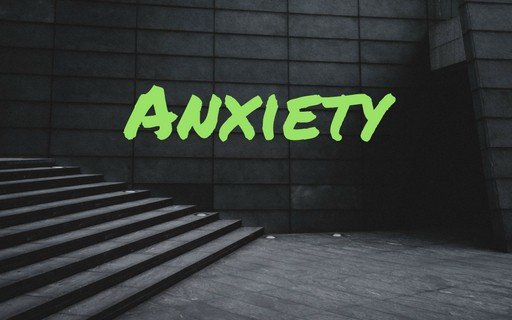Well, if you don’t know by now, I’ll tell you… I read. A lot. Been a bookworm ever since I was a kid.
And in the clinic, I treat anxiety in my patients. A lot. It is underneath many of the symptoms people face every day.
But you know what? I have never come across The Anxiety and Phobia Workbook by Edmund Bourne until now. And based on the reviews, it’s one of the more commonly recommended books in the counselor’s office.
It is surprisingly hefty – I expected to receive this little, skinny workbook with a few exercises in it, but no. This can seriously become your go-to reference manual for all things anxiety.
Dr. Bourne starts by defining all the different types of anxiety from worry to panic to phobias. Not just the medical definitions, but what it looks like for you in real life. Then come the recommendations based on what helps best with which type of anxiety.
One of my favorite sections is the chapter on Self-Talk. I catch myself doing this and I catch my patients doing this. All. The. Time. Negative self-talk. He describes how it can both trigger anxiety or perpetuate anxiety. And he breaks it down into four types. (If you want a little peek into my head, I’ll tell you that I’m the Perfectionist type.)
“Anxious self-talk is typically irrational but almost always sounds like the truth.”
When I bring up self-talk with patients, a common reply is “I know, I know, I know – positive mental attitude, blah, blah, blah.” But it helps to go a little deeper than just saying “be positive.” This is what Dr. Bourne is trying to get at here – depending on which category you fall into, there are different approaches that will be far more effective far more quickly.
Another section I really love is the chapter on Dealing with Feelings. Now, please don’t go running to the hills on this one. Before you worry that it’s going to get all woo-woo, he actually has a lot of good things to say about feelings and digs into why anxiety-prone people have a tendency to suppress their feelings. Which might sound surprising to you because anxiety seems like a constant feeling in and of itself.
“Feelings, unlike thoughts, involve a total body reaction.”
Every section has action steps that you can take to feel better. I’m not going to list them all here because it depends so much on which type of anxiety you’re working on.
When you get this book, rather than trying to read it cover to cover, I recommend starting by looking at the table of contents and finding first what is most relevant to you, then start putting it into practice. Right away! Otherwise, if you feel like you have to read every page, you will never get started on the things that are going to help YOU.
Anxiety is simply NOT fun. I want to have as much support as you need. Sometimes that might be an acupuncture treatment, or sometimes it’s a chat with a friend, or sometimes it’s a helpful book. Don’t let anxiety keep you down. Do something. This book is a good start.
The above link is an “affiliate link.” This means if you click on a link and make a purchase, I will receive an affiliate commission. There is absolutely no cost to you. I only recommend books and resources that I believe will help my patients and readers.
This post may contain affiliate links, meaning I may receive a commission (at no extra cost to you) if you use that link to make a purchase. See my disclaimer.
Is Three Wells right for you?
Get a free 15 minute Q&A consultation to find out!

